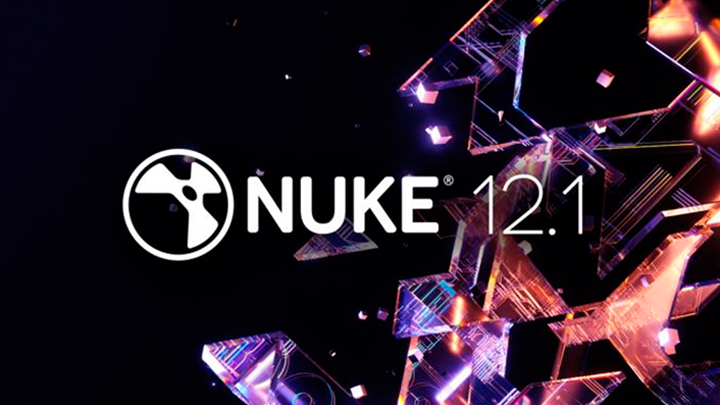Foundry released new features of Nuke 12.1 along-with upgraded Hiero.

In September 2019, Foundry released new features of Nuke 12.0 and in just short span, February 2020, it released 12.1 version with multiple enhancements. As always, Nuke family softwares are upgraded with much more robust integration.
Below are extracts of major Nuke release notes.
New Shuffle Node:
Updates the classic checkboxes with an artist-friendly node-based UI, support for up to Nuke’s limit of 8-channels per layer and consistent channel ordering, offering a more robust toolset at the heart of Nuke’s multi-channel workflow.
Lens Distortion Workflow improvements:
The LensDistortion node in NukeX is updated to have a more intuitive workflow and UI, making it easier and quicker to access the faster and more accurate algorithms and expanded options introduced in Nuke 11.
Blink and BlinkScript improvements:
Nuke’s architecture for GPU-accelerated nodes and the associated API receive significant improvements in Nuke 12.1, with the ability to store data on the GPU between operations, resulting in dramatic performance improvements to chains of nodes with GPU caching enabled. This new functionality is available to developers using BlinkScript, along with bug fixes and a debug print out on Linux.
Cara VR GPU Performance:
The Cara VR nodes in NukeX have been updated to take advantage of the new GPU-caching functionality in Blink, resulting in dramatic performance improvements in viewer processing and rendering when using chains of these nodes together. Internal tests on production projects show up to a 2.4x faster rendering time.
Updated Nuke Spherical Transform and Bilateral:
The Cara VR versions of the SphericalTransform and Bilateral nodes have been merged with the Nuke versions of these nodes, adding increased functionality and GPU support in Nuke. Both nodes take advantage of the GPU performance improvements added in Nuke 12.1 and are now available in Nuke and no longer require a NukeX license.
New BlinkScript Particle node:
NukeX now includes a new ParticleBlinkScript node allowing developers to write BlinkScripts which operate on particles. Nuke 12.1 ships with more than 15 new gizmos offering a starting point for artists working with particle effects and developers looking to use BlinkScript.
QuickTime Audio & Surround Sound Support:
Multichannel audio support has now been added to Nuke Studio, Hiero and HieroPlayer. Artists can now import MOV containers holding audio on Linux and Windows without the need to extract and import the audio as a separate Wav file.
Faster HieroPlayer Launch and Nuke Flipbook integration:
Improving the experience for artists using HieroPlayer for review, new instances of HieroPlayer launch 1.2x faster on Windows and up to 1.5x on Linux in internal tests. Nuke 12.1 also includes the ability to use HieroPlayer as the Flipbook tool for Nuke and NukeX, giving artists more control when comparing different versions of their work in progress.
High DPI Windows and Linux:
UI scaling when using high-resolution monitors is now available on Windows and Linux. This brings all platforms inline with high-resolution display support added for macOS in Nuke 12.0v1.
Extended ARRI Camera support:
Nuke 12.1 adds support for ARRI formats including Codex HDE .arx files and ProRes MXFs, along with support for the popular Alexa Mini LF, performance gains when debayering footage on CUDA GPUs and a SDK update.
Official videos showcasing the new features of Nuke and Hiero:
- Nuke 12.1 overview – https://youtu.be/XQFMQpyeE_M
- Nuke 12.1 Blink Particle Node – https://vimeo.com/390779269
- Nuke 12.1 Hiero Fast Launch – https://vimeo.com/390779222
- Nuke 12.1 Hiero Launch Options – https://vimeo.com/390779178
- Nuke 12.1 HieroPlayer Artist Review – https://vimeo.com/390779135
- Nuke 12.1 HieroPlayer as Flipbook – https://vimeo.com/390779081
- Nuke 12.1 Shuffle Node – https://vimeo.com/390779039
- Nuke 12.1 Surround Sound Audio – https://vimeo.com/390778973
To see the complete list of new features of Nuke 12.1, check out their official press releases page.
